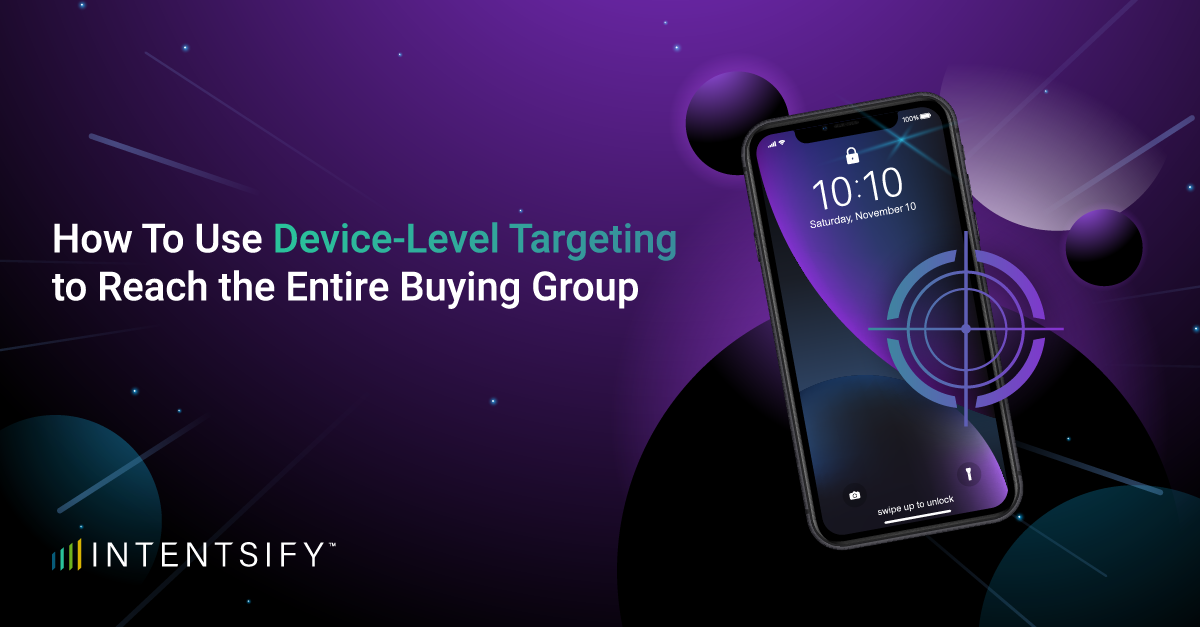The B2B landscape is no stranger to the concept of buying groups. Gone are the days of singular decision-makers; today, complex purchases often involve a committee of individuals with varying roles and information needs. This siloed nature, where decision-making power is distributed across different departments and levels, presents a unique challenge for B2B marketers. How do you effectively reach and influence an entire buying group, ensuring each member receives the right information at the right time?
Here’s where digital advertising, with its ability to provide targeted and personalized messaging, emerges as a powerful tool for B2B marketers striving to effectively engage the entire buying committee. But simply implementing programmatic display ads targeting only by IP address isn’t enough. To truly impact the buying group and increase your chances of closing the deal, a strategic approach is crucial.
The Shortcomings of Using IP-Based Targeting Alone
While programmatic display offers undeniable advantages, relying solely on IP address targeting falls short in the complex B2B environment. Here’s why:
-
Limited Reach: Just targeting the company IP address might exclude key decision-makers who work remotely or access work resources through personal devices. This leaves crucial members of the buying committee out of the loop, hindering your ability to influence them.
-
Inaccurate Audience: Basing audience selection solely on IP address doesn’t guarantee you’re reaching in-market buyers. Individuals using the company network might not be actively researching solutions or be part of the buying committee for your specific product or service.
-
Misaligned Messaging: Without proper targeting and segmentation, you risk delivering generic messages that fail to resonate with individual members of the buying group. Each member has specific concerns and needs; one-size-fits-all messaging is unlikely to grab their attention or effectively influence their decisions.
The Power of Device-Level Targeting
To overcome these limitations and empower your B2B marketing efforts, consider embracing device-level targeting. This strategy goes beyond IP addresses and allows you to:
-
Reach decision-makers beyond the office: Targeting devices like personal laptops, tablets, and smartphones ensures you reach buying group members even when they’re not physically present at the company office. This expands your reach and ensures everyone involved in the decision-making process receives relevant information.
-
Identify in-market buyers: By leveraging advanced audience targeting options, you can reach individuals who are actively researching solutions like yours. This allows you to focus your efforts on those with a genuine interest and increase the likelihood of your message connecting with potential buyers.
Aligning Digital Advertising with Buying Group Marketing (BGM)
By crafting a cohesive digital strategy that complements your existing Buying Group Marketing (BGM) efforts, you can maximize your impact on the entire decision-making process. Here are some ways to achieve this:
-
Leverage intent data-fueled BGM insights: Utilize the knowledge gained from your buyer-intent intelligence to inform your digital ad targeting. By understanding the roles and information needs of different buying group members, you can tailor your ad content and messaging accordingly.
-
Coordinate messaging across channels: Ensure your display ads align with your broader BGM messaging. This creates a consistent brand experience for the buying group and reinforces your message across multiple touchpoints.
-
Track and measure performance: Monitor the impact of your digital advertising efforts throughout the buyer’s journey. Analyze metrics like ad engagement, website traffic, and lead generation to measure the effectiveness of your strategy and optimize your campaigns for better results.
By combining the power of targeted digital advertising with strategic BGM execution, you can break down the silos within complex buying groups. By delivering relevant information to individual members at the right time, you can effectively influence the entire decision-making process and increase your chances of sealing the deal. Remember, while IP-based targeting is powerful and necessary, the real value comes by combining it with device-level targeting to reach the right people, wherever they’re at, with the right message at every stage of the buying journey.







